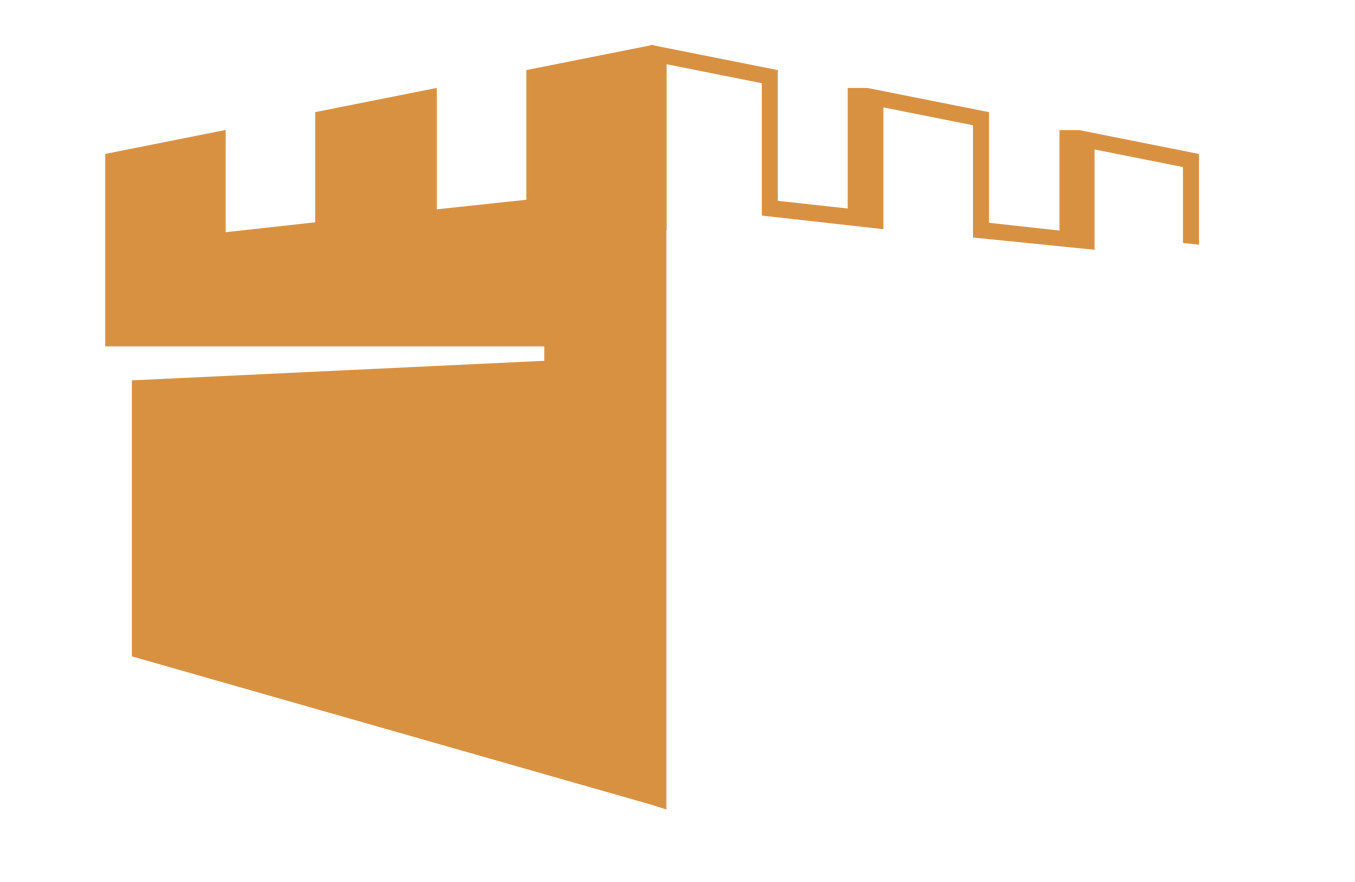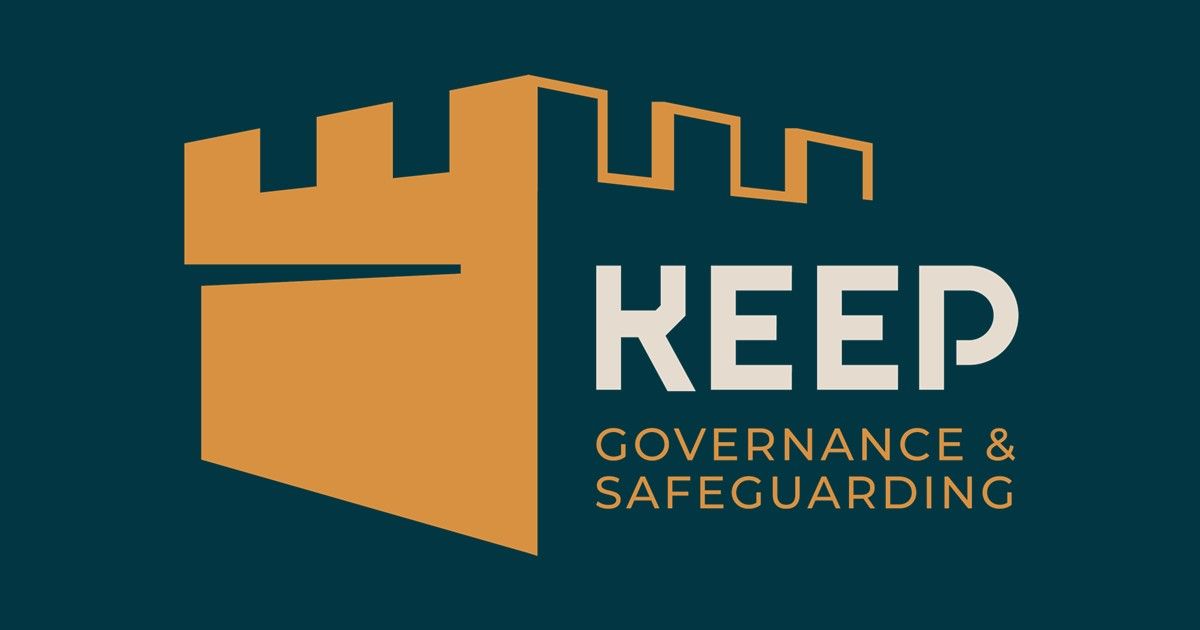The value of safeguarding within a mosaic of factors to improve attainment
The recently published DfE research report The link between attendance and attainment in an assessment year [1] outlines the significant benefits to schools and their pupils of improving attendance levels.
I know that most schools are very proactive when it comes to supporting pupils to increase their attendance, and rightly so. Ofsted are interested in understanding this work during inspections with a recent report stating, “The school has addressed the significant challenges with pupils’ attendance and punctuality through effective actions to support and engage families.”
But, of course, attendance isn’t the only factor impacting attainment in assessment. In fact, much research demonstrates that academic success measured by attainment is influenced by the whole life experience of the child.
Ofsted’s 2022 paper Securing good attendance and tackling persistent absence [2] identified interdependencies between attendance and safeguarding. Effective and empathetic communication with parents is also an important tool in reducing absence. The same paper noted, “It is clear that leaders who have succeeded in raising attendance levels listen to parents properly and ask the right questions in order to find out why their children are not attending well enough.”
There is also extensive research which helps us to understand the link between challenging behaviour and abuse, neglect and exploitation. The Truth Project, part of the Independent Inquiry Into Child Sexual Abuse [3], gathered the insight of more than 6,000 victims and survivors of child sexual abuse. In its report, IICSA noted that victims and survivors knew their behaviour deteriorated as a result of being sexually abused sometimes, but not exclusively, as a deliberate attempt to communicate that they needed help, although sadly these signals were rarely recognised by others. And if behaviour can influence attainment then, of course, so can being the victim of abuse. The Child Safeguarding Practice Review Panel’s 2024 National review into child sexual abuse within the family environment [4] stated that “abuse was reported to have impacted children’s education in nearly a third of reviews”.
And, if all that’s the case we can begin to see a complex mosaic of interdependencies for children which have the power to influence their risk of being a victim of abuse, their behaviour in school, their attainment throughout their education and their whole life experience.
Safeguarding and wellbeing should never be seen as separate to any other part of a child’s experience.
I wonder if school leaders take a truly strategic view of this mosaic which results in a co-ordinated approach which is greater than the sum of its parts. Or if work to support pupils is often too fragmented at an organisational level to be sufficiently effective in tackling these interdependencies.
Last year the Department of Education published a rapid literature review [5] to shape the work of the longitudinal Education and Outcomes Panel Study (EOPS). It identified this mosaic of issues that impact educational outcomes categorising them into four themes:
- Theme 1: Children’s cognitive and non-cognitive capabilities and wellbeing
- Theme 2: Children with SEND and experience of social services
- Theme 3: Home environment
- Theme 4: Experiences of school

While arguably theme one can’t be managed by the school, and neither can the social services element of theme two, theme three can certainly be influenced by the school, and theme four is fully in the control of the school. Taking a strategic approach to the factors which the school can control or influence could create a more effective programme of support for pupils.
At Keep Governance and Safeguarding, we promote to all our customers the importance of having a safeguarding development strategy which sets a path for the continued improvement of safeguarding arrangements and activities over a period of a few years. Strategic leaders can engage with this process of improvement and see the benefit of successful implementation as it bears fruit.
In schools however, and in the light of these reviews, what if we started to develop holistic strategies to improve attainment that picked up all controllable and influenceable elements of this mosaic. What would the impact be of a coordinated development strategy which looked at physical health, safeguarding, access to books at home, school culture and bullying as factors which all pull towards the goal of greater attainment for pupils.
Consequently, safeguarding is not ‘done’ because its important, or even because we care, or even because of the vital importance to protecting children from the harm of abuse, exploitation and harassment (all of which are true), but it becomes part of a tangible improvement programme which benefits the whole school, now and in the future.
I would be fascinated to see what could be achieved by such an approach!
[1] Department for Education 2025 https://www.gov.uk/government/publications/link-between-attendance-and-attainment
[3] The Report of the Independent Inquiry Into Child Sexual Abuse 2022 https://www.iicsa.org.uk/reports-recommendations/publications/inquiry/final-report.html
[4] Child Safeguarding Practice Review Panel 2024 https://www.gov.uk/government/publications/national-review-into-child-sexual-abuse-within-the-family-environment
[5] DfE 2024 Factors influencing primary school pupils’ educational outcomes
https://assets.publishing.service.gov.uk/media/66e2cd5a61763848f429d58f/Factors_influencing_primary_school_pupils__educational_outcomes.pdf




